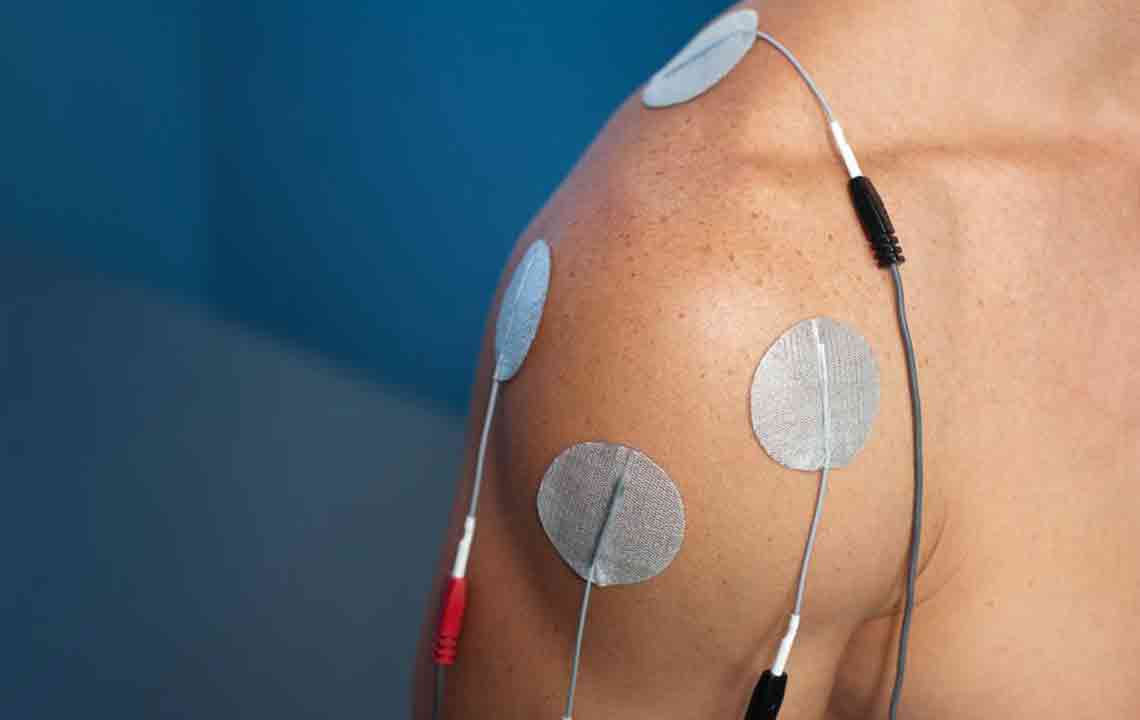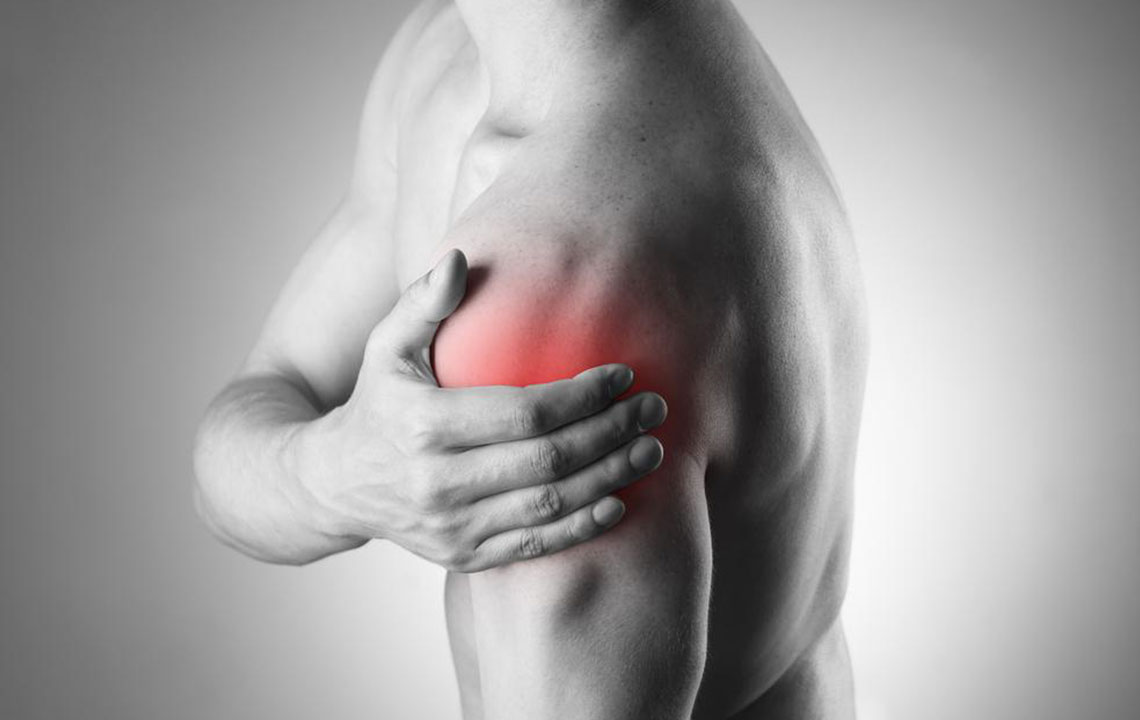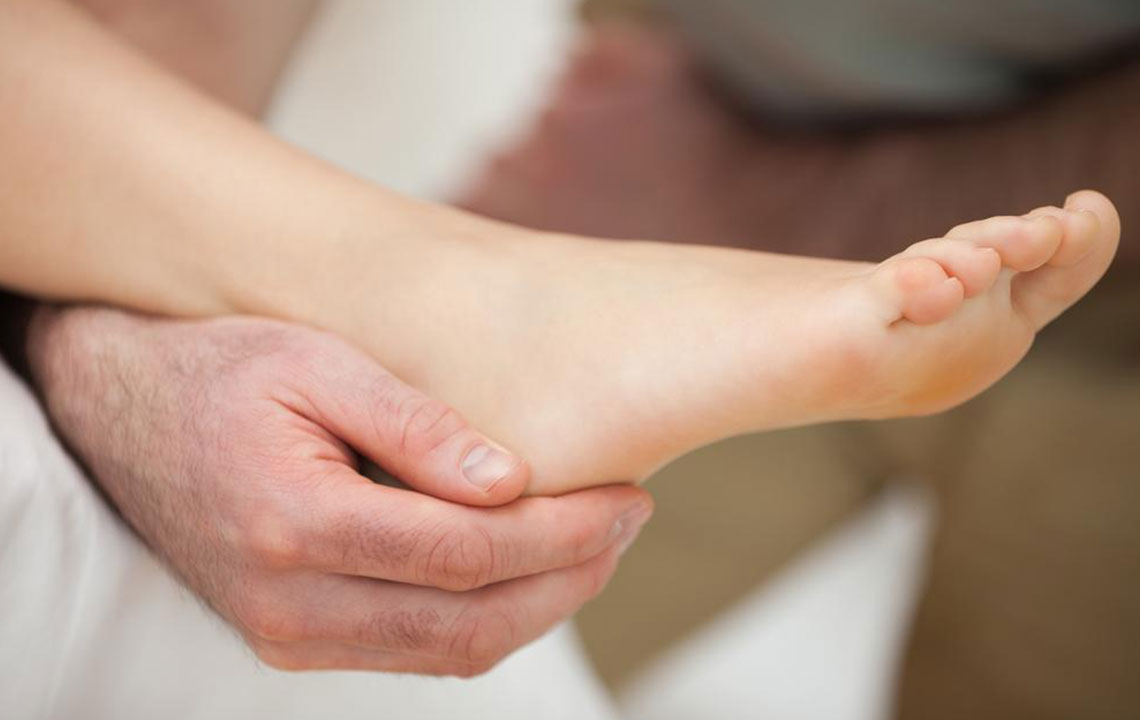Comprehensive Guide to Identifying and Managing Shoulder Discomfort Caused by Rotator Cuff Injuries
This comprehensive guide details the causes, symptoms, diagnosis, and treatment options for shoulder discomfort caused by rotator cuff injuries. Emphasizing early detection and preventive measures, it offers valuable insights for athletes, manual workers, and older adults. Understanding these aspects can help mitigate long-term shoulder issues and improve overall mobility and quality of life.

The shoulder is one of the most mobile joints in the human body, allowing us to perform a wide range of activities from lifting and reaching to throwing. Central to its stability and movement are the rotator cuff muscles and tendons, which play a crucial role in maintaining shoulder integrity. However, this vital structure is susceptible to injuries, especially among athletes, manual workers, and individuals engaged in repetitive overhead activities. Recognizing the signs of shoulder discomfort caused by rotator cuff damage is essential for timely treatment and to prevent further complications.
Understanding the Anatomy of the Rotator Cuff The rotator cuff consists of four key muscles—supraspinatus, infraspinatus, teres minor, and subscapularis—and their associated tendons. These components work together to stabilize the humeral head within the shallow socket of the shoulder blade (scapula). Beyond stabilization, the rotator cuff muscles facilitate shoulder movements such as rotation, lifting, and reaching overhead. Given their vital functions, any injury or degeneration within this group can severely impair shoulder mobility and cause persistent discomfort.
Common Causes of Rotator Cuff Injuries Rotator cuff injuries can originate from various causes, generally falling into two categories: overuse and trauma. Overuse injuries are often the result of repetitive motions, especially those involving lifting, throwing, or repetitive overhead activities. Athletes involved in sports like tennis, baseball pitching, swimming, or volleyball are particularly at risk. Similarly, workers engaged in manual labor, painting, carpentry, or window cleaning may develop tendinitis or bursitis over time due to repetitive shoulder movements. On the other hand, traumatic injuries typically result from acute incidents such as falls, direct blows, or sudden overstretching of the shoulder joint. These incidents can cause partial or complete tears in the tendons, leading to immediate pain and functional impairment. Degenerative Changes and Aging As individuals age, the rotator cuff tendons naturally undergo degenerative changes, including tendinosis—where the tendons become frayed and less elastic. These age-related changes increase susceptibility to tears and inflammation even with minor injuries or repetitive use, emphasizing the importance of early management and preventive strategies.
Recognizing Symptoms of Rotator Cuff Injuries Symptoms associated with rotator cuff injuries can vary depending on the severity and duration of the damage. Acute injuries often present with sudden, sharp shoulder pain, especially during movement or while lifting the arm. Individuals might also experience weakness and a limited range of motion immediately following trauma. In cases of degenerative tendinitis or bursitis developing gradually, symptoms tend to be milder initially but progress over time. Common signs include persistent shoulder pain, especially at night, which can disturb sleep; difficulty reaching behind the back or lifting objects overhead; weakness in shoulder movements; and a feeling of instability or grinding during shoulder motion. When to Seek Medical Attention If you experience shoulder discomfort that persists beyond one week, progressively worsens, or impairs your daily activities and sleep, it is crucial to consult a healthcare professional. Early diagnosis and treatment can prevent further degeneration and facilitate a quicker recovery. Diagnosis and Evaluation A comprehensive evaluation for suspected rotator cuff injuries involves detailed medical history-taking and physical examinations. Physicians assess shoulder strength, stability, and range of motion, looking for weakness and pain patterns. Imaging studies are fundamental in confirming the diagnosis. X-rays are useful to rule out bone fractures or arthritis, while Magnetic Resonance Imaging (MRI) provides detailed visualization of soft tissues, including tendons and muscles, and can identify tears, inflammation, or degenerative changes. Ultrasound imaging may also be employed as a dynamic, real-time assessment tool. Treatment Options and Preventive Measures Treatment approaches depend on the nature and severity of the injury. Conservative management is typically the first line of action, including rest, ice application, physical therapy, anti-inflammatory medications, and corticosteroid injections in some cases to reduce inflammation. Physical therapy focuses on strengthening surrounding muscles, improving flexibility, and restoring shoulder function. In cases where conservative treatments are ineffective, or if there is a significant tear, surgical intervention such as arthroscopic rotator cuff repair may be necessary. Preventive strategies are vital for high-risk individuals. Regular shoulder strengthening exercises, avoiding repetitive overhead motions when possible, maintaining good posture, and incorporating proper techniques during physical activities can significantly reduce injury risk. Additionally, adequate warm-up and stretching routines before activities are essential preventive measures.
In conclusion, understanding the causes, symptoms, diagnosis, and treatment options for rotator cuff injuries enables individuals to take proactive steps toward shoulder health. Early recognition and appropriate management are key to maintaining shoulder function and preventing chronic pain or disability.





